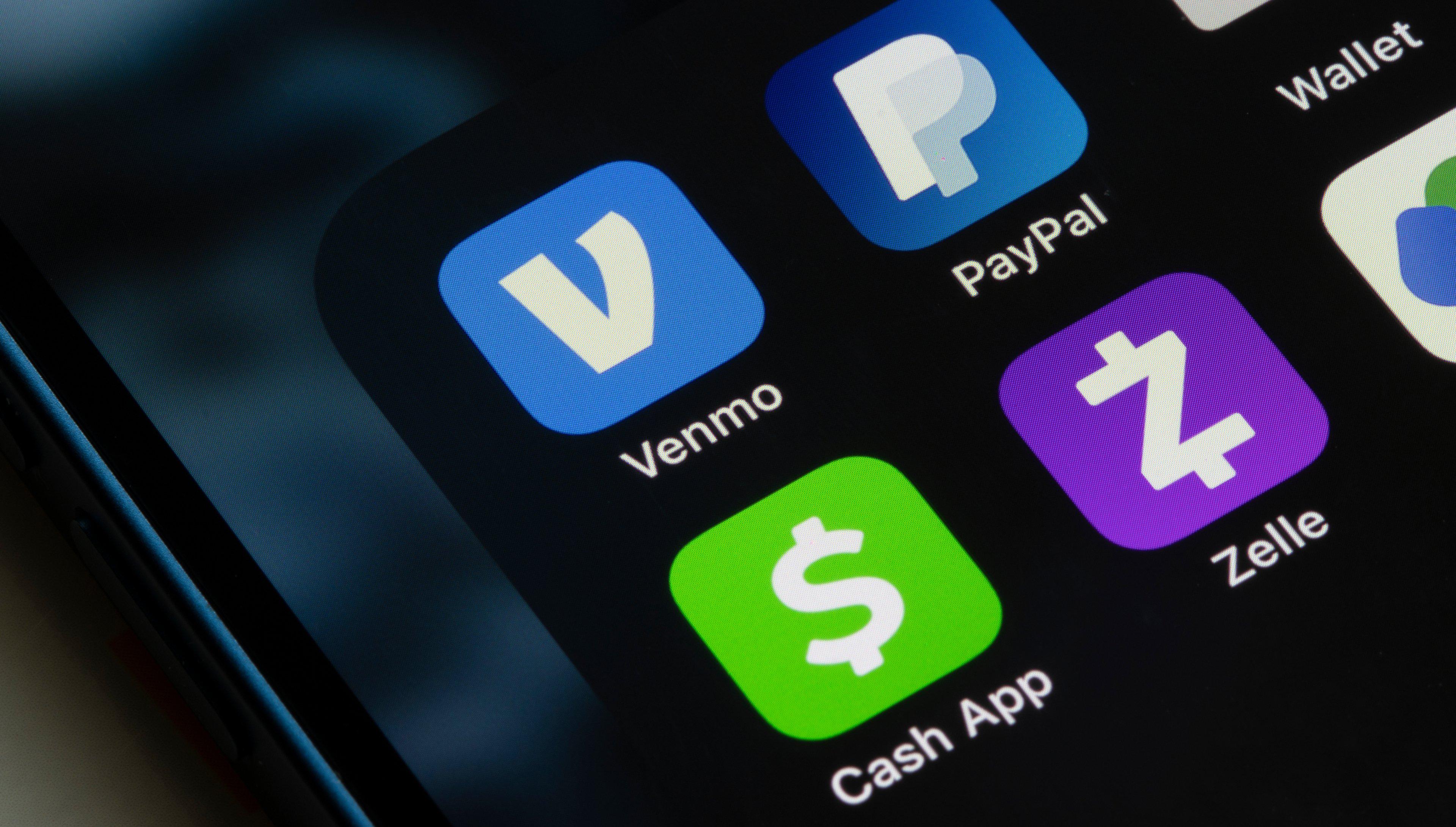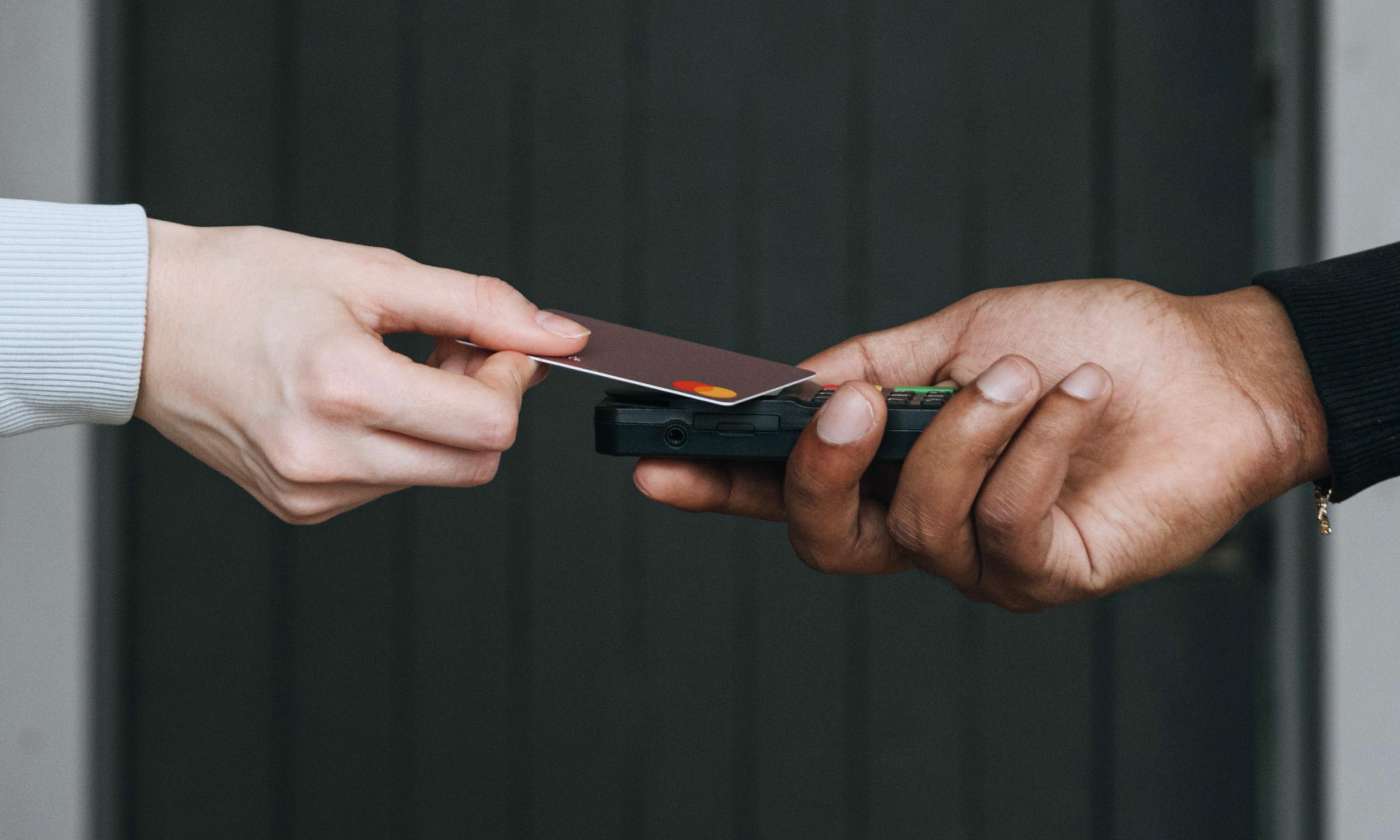
The fundamental features of fintech apps

Paytech, tradetech, wealthtech, lendtech, cryptotech, insurtech, regtech. What the heck? With the “fintech” umbrella covering so many verticals, it can be daunting for a company to define which features should be prioritized in its next fintech software development project.
While multipurpose fintech apps may offer a comprehensive suite of payment options in multiple currencies, expense tracking for budgeting, and a handful of investment tools, the truth is that not every fintech app needs to include those features. On the other hand, there are certain characteristics that every quality fintech app should have, regardless of industry vertical, valuation, target audience, or regions they operate in.
User-friendly interface
As the wise man says, you never get a second chance to make a first impression. That’s what a good UI/UX is for: to act as your brand’s calling card and ensure that your app is worth sticking around for. An app that’s easy to use gets you many steps closer to an app that’s actually enjoyable to use, making it far more likely that customers will feel comfortable relying on it. Presto, user retention and minimized churn come much easier right out of the gate.
It’s essential, however, not to mix simplicity with blandness. User-friendly interfaces can and should be trim and tidy, but that’s not an excuse to rob your app of personality. The current fintech app market is highly saturated, and to differentiate yourself from the competition, you’ll need to go beyond what’s already available in terms of features and services. Budgeting apps such as YNAB (You Need A Budget) and Quirk know it and have crafted their frontend with straightforward user interfaces that also, in their own way, convey their brand’s intended “cool” personality
Little imprints a brand’s image on customers better (or worse) than its app. A high-quality, fine-tuned app is the standard-bearer of a trustworthy brand, just as a crappy one signals that a brand isn’t worth bothering with.
Integration with third-parties
No fintech app is an island. The vast majority of fintech apps depend on connections with other financial institutions to operate properly. To do so, they communicate using APIs.
For example, a payment processor like Stripe (a Vention partner) is, in fact, a collection of APIs for other companies to use so their customers can transfer money between accounts within their app. For that to work, Stripe needs access to the app users’ bank accounts or credit card information and, thus, extremely robust security and compliance standards. By including Stripe’s APIs in their fintech apps, companies bypass the need to develop that part of the backend infrastructure by themselves. That’s open banking in a nutshell.
Similar solutions from other API providers include the ability to connect to and manage accounts, investment and portfolio oversight, budgeting and automatic financial tracking, and even insurance integration for filing claims. However, more APIs usually means additional ongoing costs, so startups tend to be more laser-focused on their approach to choosing APIs, leaving “all-in-one” app development for enterprises who have ample resources.
Again, most fintech apps will require at least a few APIs. Which APIs they need depends on the services themselves, but the overall goal is to choose ones that result in a smooth and coherent solution for users.
Looking for fintech expert teams to collaborate with?
We know how to build the features that your app needs to beat the competition.
Customization
The expectations of modern customers have evolved in the hundred or so years since the Ford Model T. One-size-fits-all approaches aren’t at all acceptable in our mobile app age, particularly when dealing with something as personal to people as their finances. That’s why letting the customer tailor their experience is so valuable for fintech apps vying for market share.
A simple way to do so is to fold in customizable dashboards — a hallmark of good UI/UX. In a banking app, some users might prefer to have their inbound deposits front and center, while others will want their payments and withdrawals immediately visible. When the users themselves can choose how to make better use of your product, your brand earns free satisfaction points.
But why stop there? If your app focuses on budgeting, let your customers set and track their personalized goals. A payments app could let users color-code recipients so the expense type is more easily recognizable at a glance (even better if you include accessibility options). Notifications, in any fintech app type, are less pesky when customers can pick which ones matter the most to them so they can avoid irrelevant spam.
The less limited customers feel by your app’s options, the higher the chances they’ll feel comfortable using it — to the point that they come to rely on it.
Security and compliance
Nothing crumbles a fintech app faster than lack of trust. For customers to entrust their financial information to your product (and company), they need assurances — the more, the better.
Nowadays, no respectable fintech app should go anywhere without end-to-end encryption plus two-factor authentication (2FA); mobile apps are the most secure with biometrics. Cutting-edge fintech solutions go a step further, enabling fraud detection and prevention based on the previous behavior of the customer — something that credit card operators have been doing since the 90s, but now powered by vast amounts of data analytics going through advanced AIs.
Furthermore, compliance requirements force financial companies to abide by certain fintech standards, like PCI DSS for money transactions. Privacy-related regulations such as Europe’s GDPR and consumer data protection — PSD 2 in the EU, GLBA in the US — are also part of the (mandatory) defense arsenal of modern fintech solutions. The good news is that most of those requirements can be acquired through the APIs mentioned above, like Stripe, which reduces the amount of ground-up work.
Customer support
Like it or not, at some point, your fintech app will fail its users. They won’t be able to find a feature, execute a task, or change a setting, and unresponsive fintech solutions make us all very, very anxious. To keep customer satisfaction stellar, you must have the means to solve it ASAP.
To that end, you’ll need a responsive, in-app customer support system as your basic touchpoint. Truly effective customer services have multiple contact points, including email, chat, and phone support, both within and outside the app. Here, the user-friendliness of your app will once again be tested: The easier it is for your customers to access the solutions provided by your help center, the more forgiving they will be of your app’s mishaps.
Oh, and on chat support: Chatbots are great, and best practices for building chatbots can put you on the path to one that reduces your need for live customer support reps (and the associated expense), but they can only go so far as to funnel your incoming requests for help. You’ll still need well-trained human support staff to solve your customers’ thornier issues. Just a lot fewer.
B2C vs. B2B features
While all the above recommendations should suffice for any well-rounded fintech app, some special considerations apply to B2B fintech applications.
For instance, with a B2B fintech app catered to tech-savvy companies, it may be safe to assume that its end users can deal with complicated user interfaces. It might eschew handholding to allow for more complex functions based on the expected tech literacy of its target audience, such as different levels of access depending on company rank.
A payment processor for businesses may care little for budgeting features, whereas invoicing and integration with CRM systems like Salesforce (also a Vention partner) would be must-haves. Likewise, some APIs, like QuickBooks for accounting, Kyriba for treasury management, or Avalara for tax reporting, are meant for businesses and governments to use and offer little to no value for the general consumer.
Security and compliance are also affected by your app’s intended market. While fintech products must be secure no matter what, a B2B fintech app catering to, say, the US healthcare industry, will likely need to be HIPAA-compliant — something that B2C fintech apps don’t usually worry about.
Regional considerations
Additionally, there’s a world of difference between how the US, Europe, Asia, and other markets prioritize their favorite features. For example, social aspects in fintech apps like sharing purchases or sending money to friends are a mainstay of popular Asian super apps, but only recently have they gained traction in America with payment platforms like Venmo.
Payment methods in the US are still heavily focused on credit and debit cards. Venmo offers cards to consumers, despite being digital-first, so e-wallet app features are a popular option. In contrast, direct bank transfers dominate in Europe, along with mobile payments (Apple Pay, plus the ever-increasing preference for Buy Now Pay Later) and in China (Alipay, WeChat Pay).
Regulations-wise, the US and Europe are far more restrictive than Asia. In Western markets, both cultural behavior and the law value privacy and security, whereas in the Asia-Pacific (APAC), fintech startups have more leeway around privacy and compliance regulations due to less robust legal frameworks. However, the past few years saw massive improvements that should benefit new market players.
Last but not least, emerging markets such as Southeast Asia, Africa, and South America have enormous potential for fintech opportunities. Much of what were once unbanked populations have been rapidly adopting mobile bank transfers and digital payments as safer alternatives to cash. Moreover, their inclusion in the fintech sphere parallels the desire to improve their financial literacy, so budgeting and savings apps with adjacent features like educational resources are a surefire way to win hearts over.





